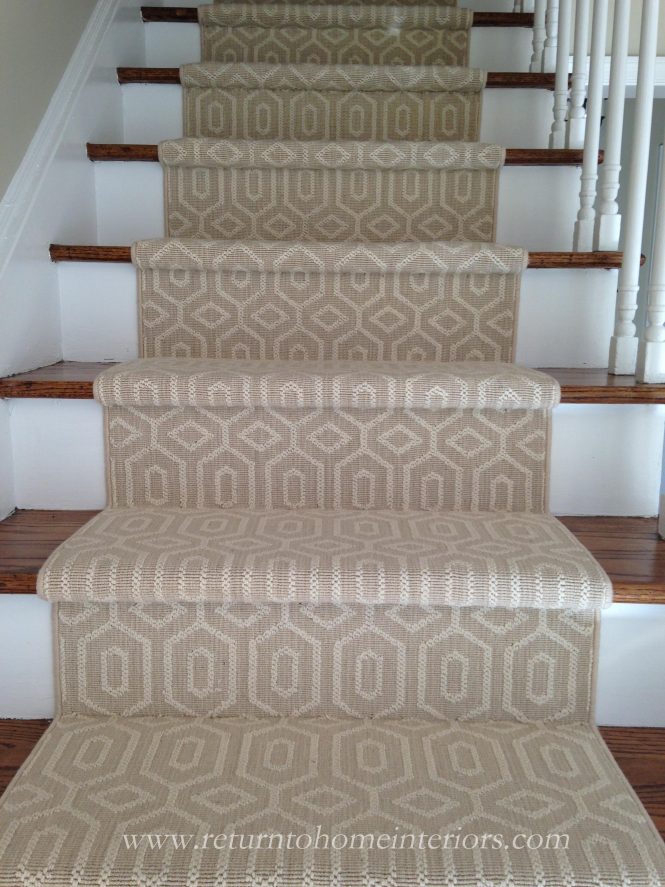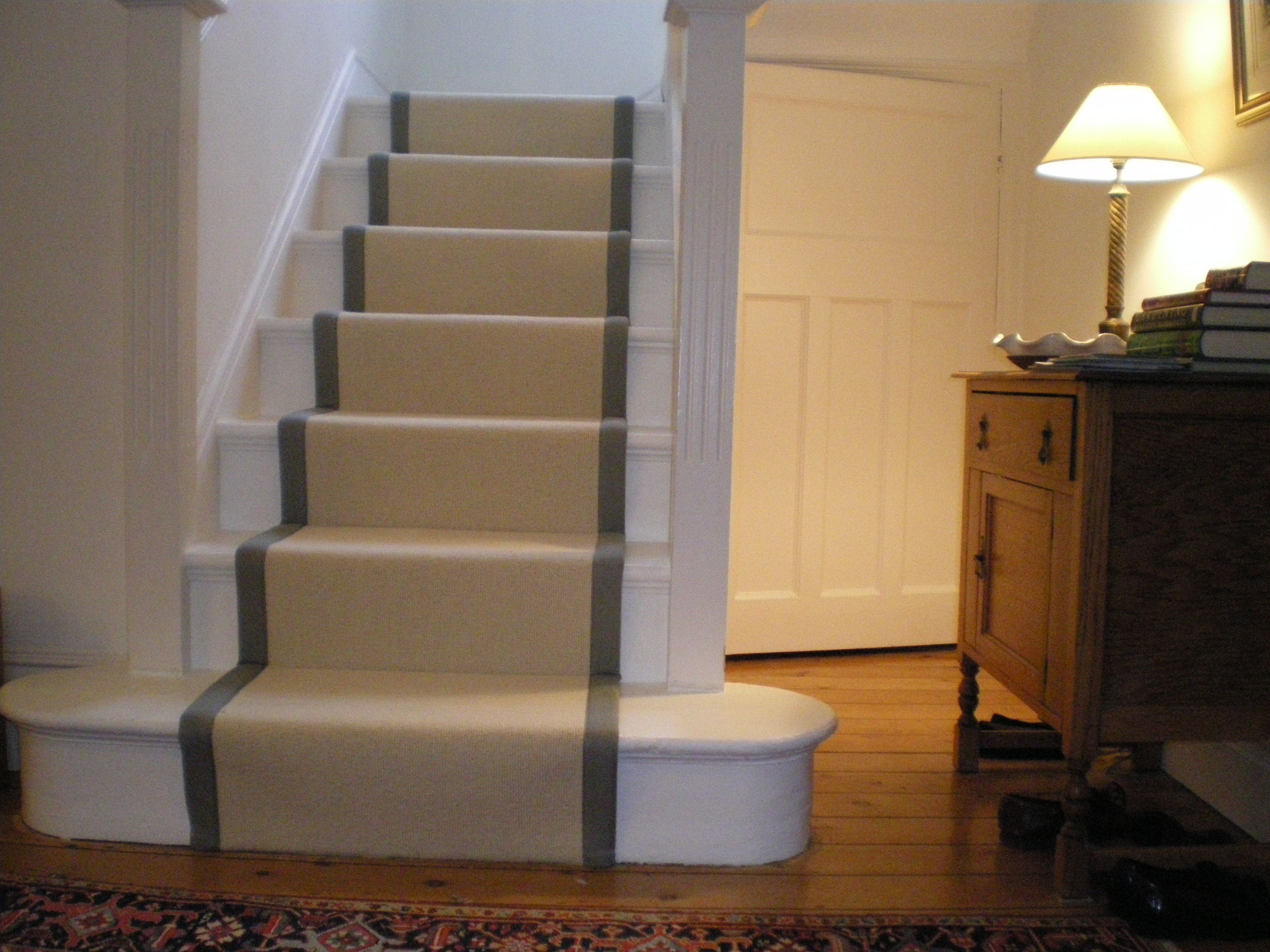

How to Use Hallway and Stair Runners Effectively? Navigating hallways and stairs can be tricky, especially in homes with children or elderly residents. Slips and falls are a major concern, leading to injuries and hospital visits. This article explores how to use hallway and stair runners effectively to enhance safety and improve the aesthetic appeal of your home. We’ll delve into choosing the right material, proper installation techniques, and crucial maintenance steps to ensure long-lasting protection and elegance. This guide will offer a thorough walkthrough, covering everything from selecting the optimal runner for your needs to addressing common problems and providing tips for preventative maintenance.
Choosing the Right Hallway and Stair Runners
Material selection
The material of your runner significantly impacts its durability, safety, and aesthetic appeal. Common options include carpet, wool, and vinyl. Carpet runners are soft and comfortable underfoot, but they may require more frequent cleaning and can be more susceptible to wear and tear. Wool runners offer luxury and durability but can be more expensive. Vinyl runners are very durable, easy to clean, and water-resistant, making them ideal for high-traffic areas. Consider the level of traffic, your budget, and the overall design of your home when choosing a material. For example, a high-traffic hallway might benefit from a durable vinyl runner, while a staircase in a formal living room could be enhanced by a luxurious wool runner.
Runner Width and Length
selecting the appropriate width and length is essential for both aesthetics and functionality. Runners should be wide enough to offer ample coverage for foot traffic, yet not so wide as to impede movement. Standard widths for hallway runners scope from 2 to 4 feet. Stair runners are typically tailored to the staircase dimensions. Accurate measurements are crucial to ensure a proper fit. Consider leaving a small border on either side of the runner to prevent tripping hazards. When it comes to length, ensure the runner is long enough to fully cover the hallway or staircase, with sufficient overlap for secure fastening.
Style and Color
The style and color of your runner should complement your existing decor. select a runner that complements your flooring and wall colors while maintaining a consistent design throughout the space. Consider the style of your home – a modern home might benefit from a sleek, minimalist runner while a traditional home might benefit from a more ornate, patterned runner. A wide variety of colors and patterns are available to match any style preference.
Installing Hallway and Stair Runners
Preparing the Surface
Before installing your runner, make sure the surface is clean, dry, and complimentary of debris. Any unevenness or bumps in the floor could cause the runner to wrinkle or become uneven. Repair any damage to the flooring before installation. For staircases, consider using stair tread grips underneath the runner for extra stability. This will prevent slipping and improve safety.
Measuring and Cutting
Accurate measurements are crucial for a professional-looking and functional installation. Use a measuring tape to precisely measure the hallway or staircase. If necessary, carefully cut the runner to the required dimensions using a sharp utility knife or carpet cutter. Ensure the cuts are straight and clean to prevent fraying. When cutting carpet, use a sharp blade to avoid damaging the fibers.
Securing the Runner
There are several ways to secure a runner. Double-sided tape is a simple option for hallways, providing a non-permanent solution. For stairs, use specialized stair runner adhesive or tack strips, which offer a more secure attachment. However, always be mindful to not use adhesives that may damage your flooring material. Depending on the runner’s material and your floor, you might need additional materials. For a more permanent solution, some professionals might select to staple the runner. Always prioritize safe installation techniques.
Maintaining Hallway and Stair Runners
Regular Cleaning
Regular cleaning is essential for maintaining the appearance and longevity of your runner. Vacuum regularly, using a low-setting to avoid damaging the fibers. For stubborn stains, spot clean with a mild detergent and water. Avoid harsh chemicals, as these can damage the runner’s material. Regular vacuuming helps remove dust and dirt that can build up over time.
Stain Removal
Address stains promptly to prevent them from setting. Use a mild detergent and water solution to gently blot the stain. Avoid rubbing vigorously, as this can spread the stain. For specific stain types, consult the care instructions offerd by the manufacturer. Always test any cleaning solution on an inconspicuous area first to prevent accidental damage. Always let the runner fully dry after cleaning to prevent mold or mildew growth.
Professional Cleaning
Consider professional cleaning for deep cleaning or for stubborn stains that are difficult to remove. Professionals have the expertise and equipment to effectively clean your runner without causing damage. Professional cleaning is highly recommended, especially for more delicate materials. Professional cleaning is also an excellent option for runners in high-traffic areas that require more rigorous cleaning.
Addressing Common Problems with Hallway and Stair Runners
Tripping Hazards
Loose or wrinkled runners can create tripping hazards. Regularly inspect your runner for any loose sections and re-secure them using appropriate adhesive or tack strips. Make sure the edges of the runner are neatly trimmed to prevent snagging. Ensure the runner lies flat and securely fastened to the floor, removing any wrinkles or bumps.
Wear and Tear
High-traffic areas may experience boostd wear and tear. Regular cleaning and maintenance can help prolong the lifespan of your runner. Consider replacing the runner if it becomes excessively worn or damaged. Investing in high-quality, durable materials can significantly extend the life of your runner. High quality runners often withstand wear and tear better than cheap runners.
Stains and Odors
Stains and odors can detract from the appearance and comfort of your runner. Address stains promptly and consider using an odor absorber to remove unpleasant smells. Professional cleaning can be beneficial in removing stubborn stains and odors. Always follow the care instructions from your runner’s manufacturer to treat stains and odors properly.
Safety Considerations When Using Hallway and Stair Runners
Slip and Fall Prevention
Runners can enhance safety by providing traction and reducing the risk of slips and falls, especially on smooth surfaces such as hardwood or tile. However, improper installation can create tripping hazards. Ensure your runner is securely fastened and lies flat, with no loose edges or wrinkles. Regular cleaning and maintenance are crucial for slip prevention as they remove dirt and debris that can reduce the surface’s grip.
Choosing Appropriate Materials
select runner materials that offer good slip resistance. Avoid runners that are overly slippery or easily damaged. Look for materials with a textured surface, which offer better traction. Non-slip backing can offer additional protection against slipping. High-quality runners are often made from materials designed to be durable and slip-resistant.
Child and Pet Safety
Consider the safety of children and pets when choosing and installing a runner. Avoid runners with loose fringes or tassels that could be a choking hazard. select runners that are easy to clean and resistant to stains. Non-toxic materials are recommended for homes with pets and children. Secure runners appropriately to prevent tripping hazards.
In conclusion, mastering the effective use of runners in hallways and stairs is crucial for safety and efficiency. By understanding the varied types of runners, their installation, and maintenance, you can create a safer and more aesthetically pleasing environment. Remember to prioritize safety and always adhere to local building codes and regulations when using runners. Don’t hesitate to seek professional assistance if needed. Invest in high-quality materials and proper installation for long-term benefits and worry-complimentary use of your hallway and stair runners.